Guzmania Care: The best method to take care of your plant
The Guzmania
STUNNING! and full of personality are two adjectives that perfectly describe the Guzmania. This plant, native to Central and South America, is so attractive that just seeing those regal leaves that turn from green to red makes you want to pick it up and take it home to place it in the best spot in your home. You'll find it in the top 10 of the most popular ornamental plants.
_________________________________________________
How to care for your Guzmania
Use these instructions to care for a Guzmania. This guide will tell you how to water a Guzmania; its light, temperature, and humidity preferences; and any additional care it may need to help it grow.
Like other bromeliads , Guzmanias prefer and thrive in bright, natural light. An eastern or western exposure would be best, but just make sure they avoid any direct, hot sun, as they will burn. They'll be fine in low light for a few weeks, but won't be as long-lived. If you want them for the long term and want them to produce pups, bright light is the ticket.
Guzmanias have a reservoir, cup, vase, or urn (the central well from which the flower stem emerges) that collects much of the water they need. You'll want to keep that vase about 1/4 of the way full of water and flush it with fresh water every 1-2 months to prevent any bacterial buildup.
Keep even less water in the tank during mild and/or cool temperatures if you don't want the plant to rot. I let the cup dry out for 2-7 days before refilling with a little water.
Because moisture is collected through their leaves, they'd appreciate misting once or twice a week. Also, moisten the growing medium every 1-2 months, depending on the temperature and season. Like all houseplants, you'll want to water less from late fall through winter.
If your home is at a comfortable temperature for you, then your Guzmania will do very well. You just want to avoid any areas with cold or hot drafts.
Warmer room temperatures (70-80°F) and high humidity encourage good growth
During the growing season, apply orchid fertilizer. Very lightly, since orchid growth is limited.
Guzmanias are considered nontoxic to both cats and dogs. Their leaves are nice and crunchy, so if your kitty likes to eat away, you may want to keep the plant out of reach.
Deadhead to encourage new foliage; mist plants regularly, or place on a tray of pebbles filled with water to increase humidity; good humidity and warmth will ensure lush foliage, repeated blooms, and good health;

_________________________________________________
Common problems for your Guzmania

This symptom could be a warning sign of a root problem due to overwatering. We need to remove it from the pot, check the soil, and check the roots. If you notice rotten roots that feel soft to the touch, remove them and spray the cut surfaces with a broad-spectrum fungicide. Then, let the soil dry and then repot, but do not water for at least a week. Water only in the central pot. Going forward, improve watering and humidity.




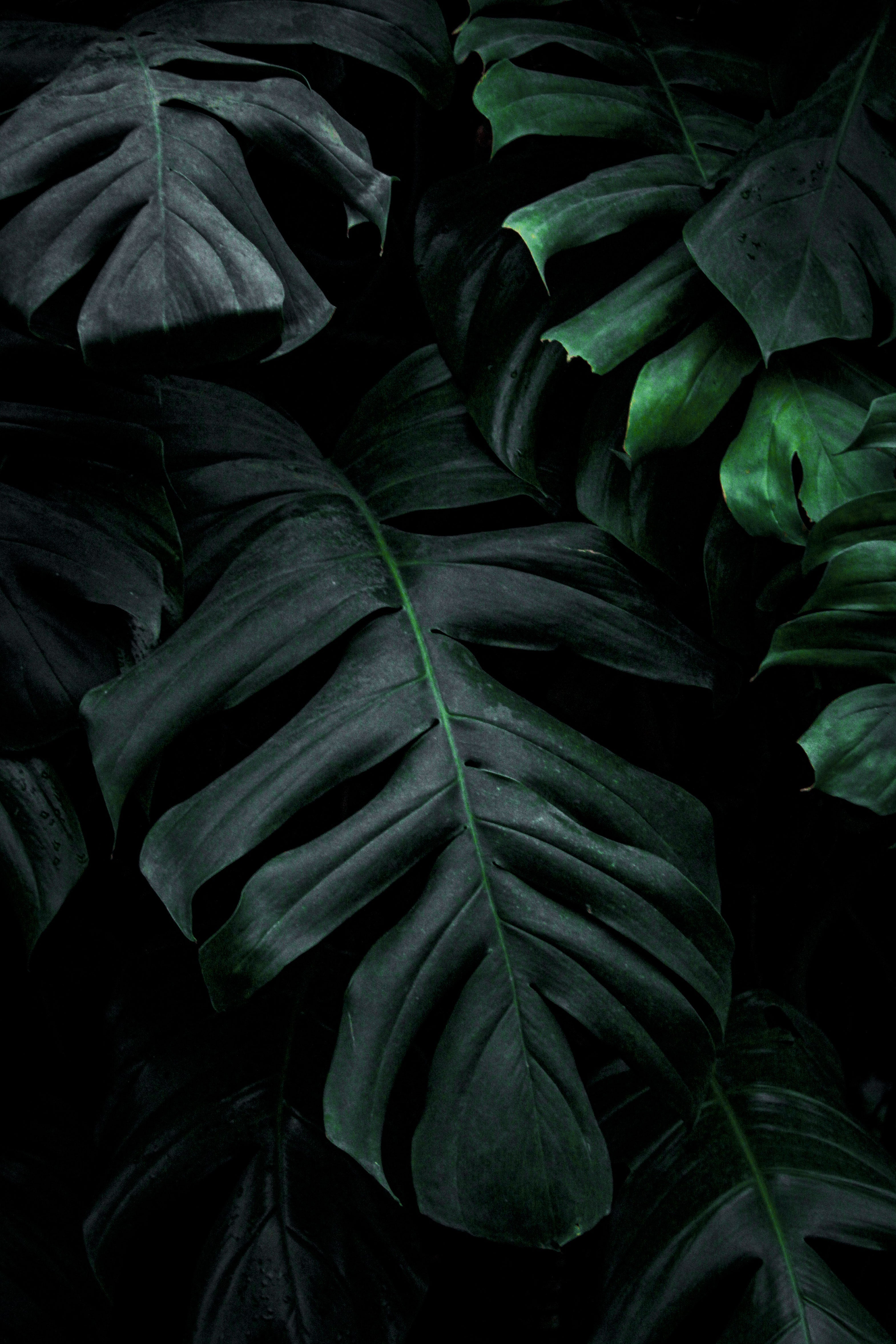
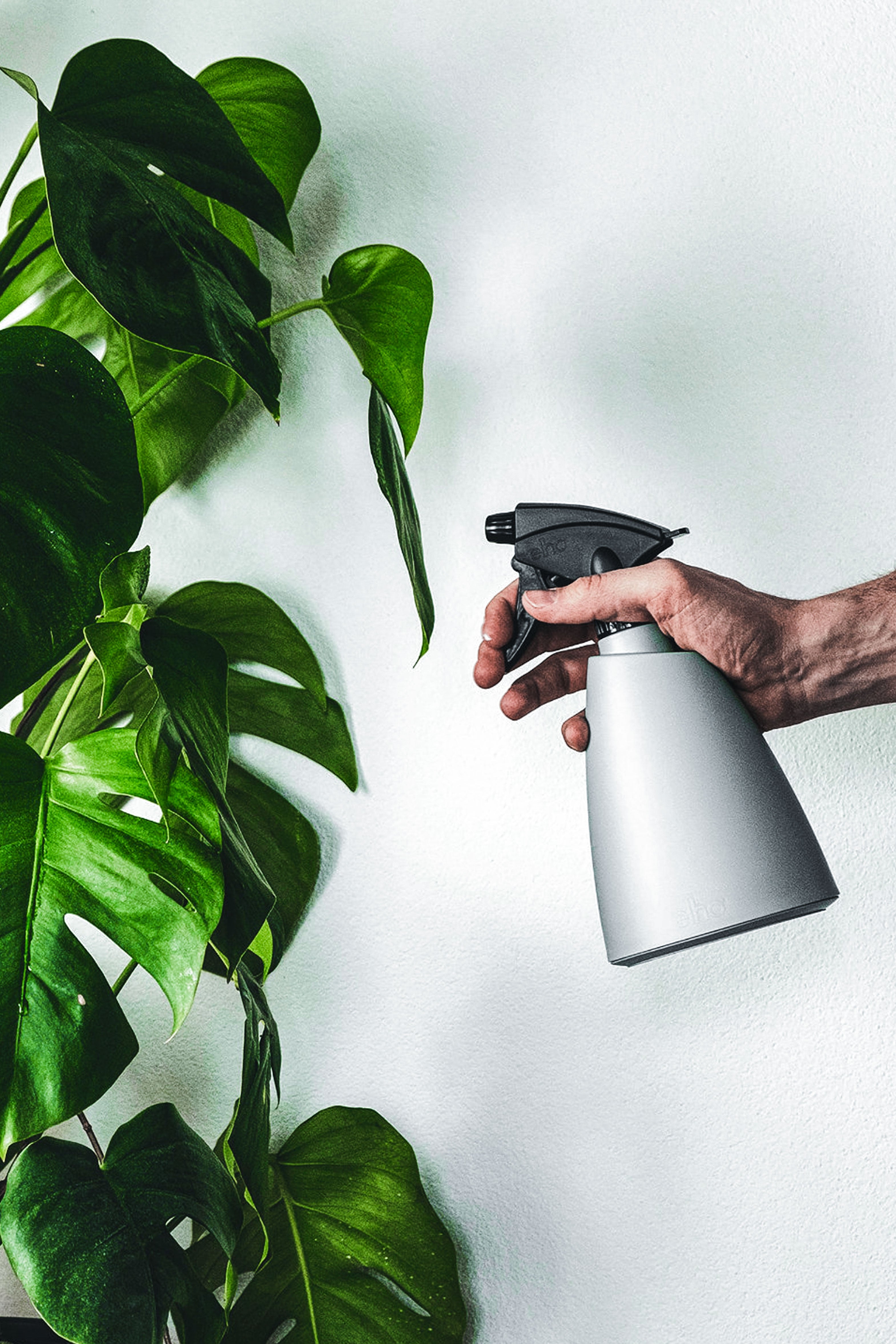
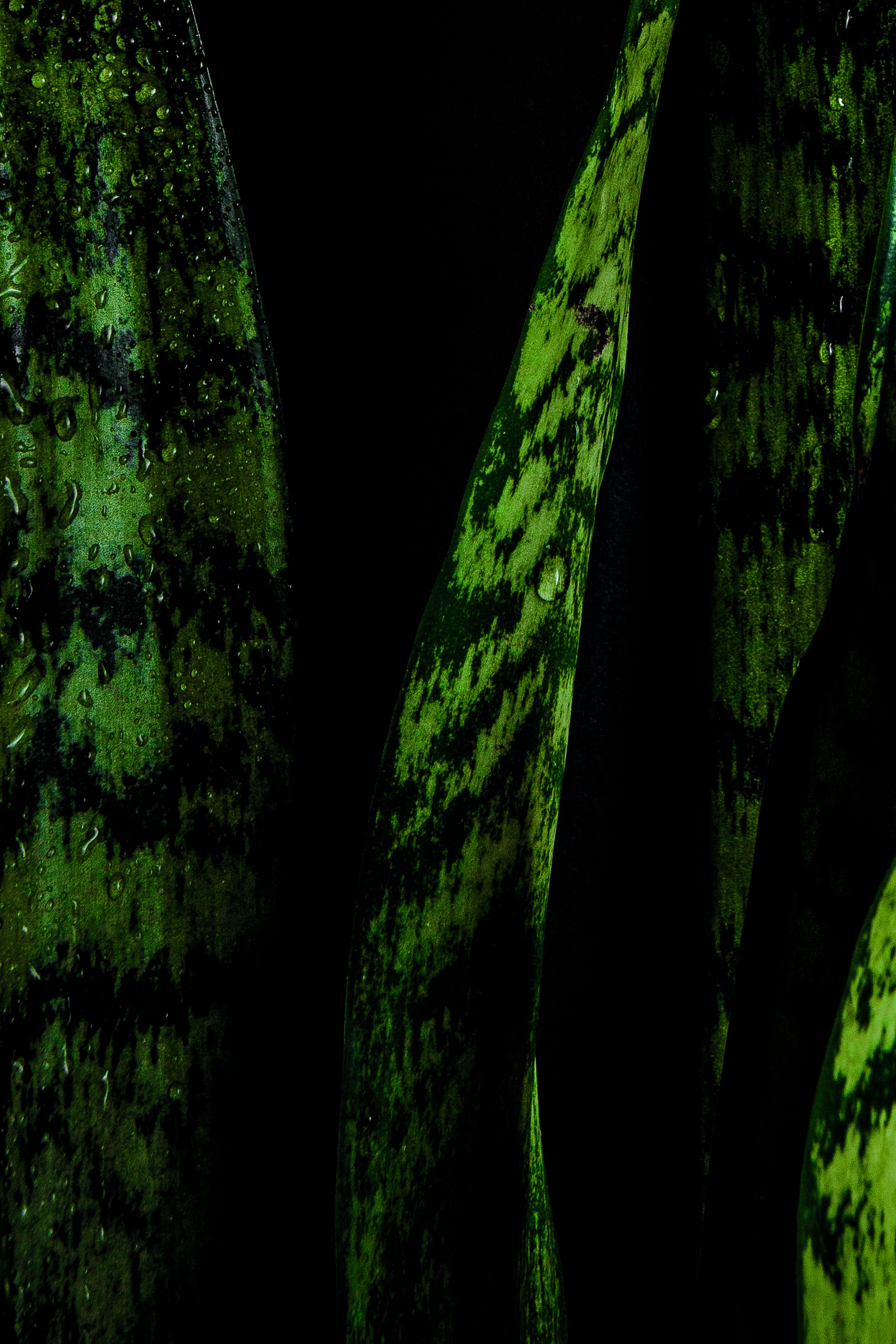
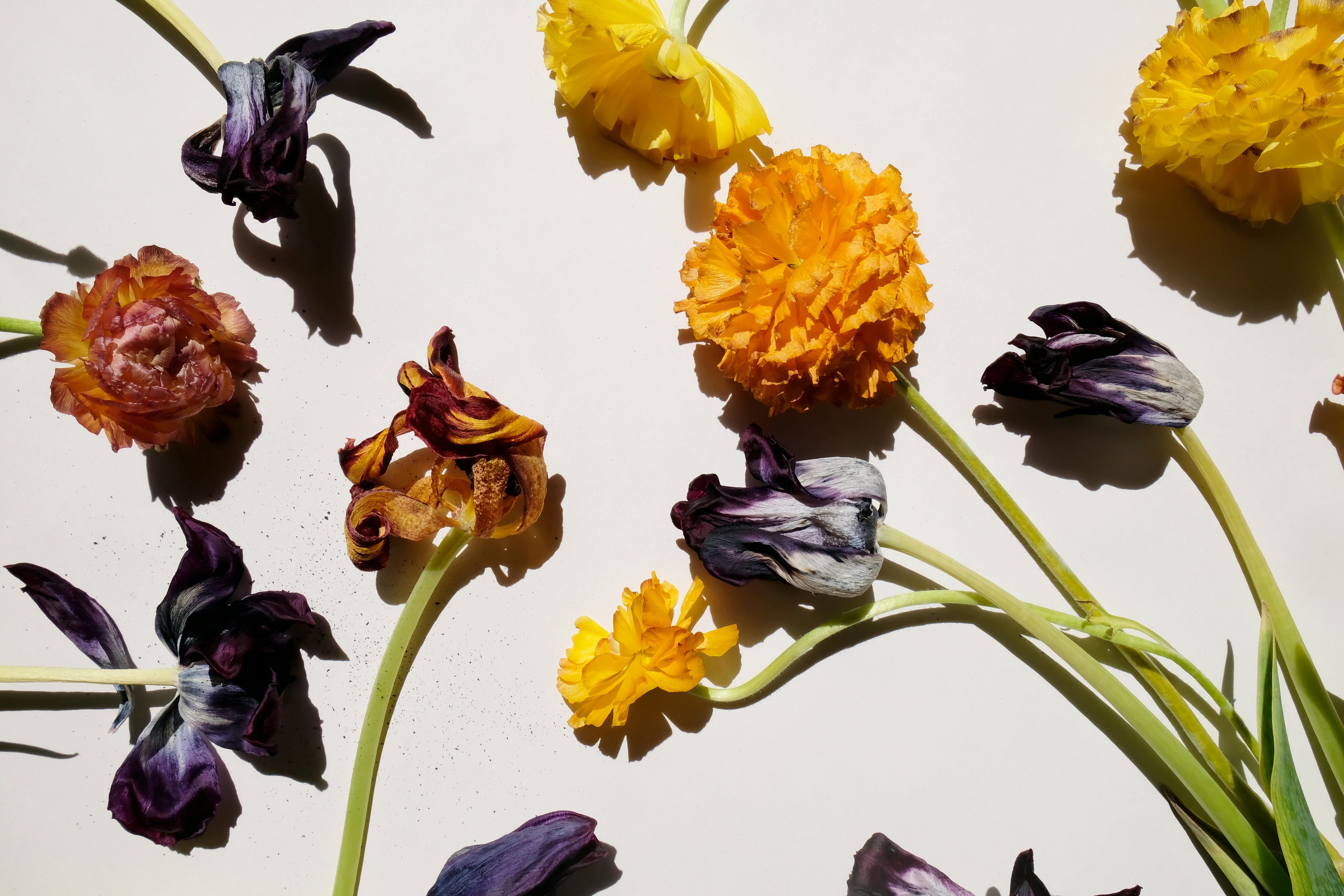
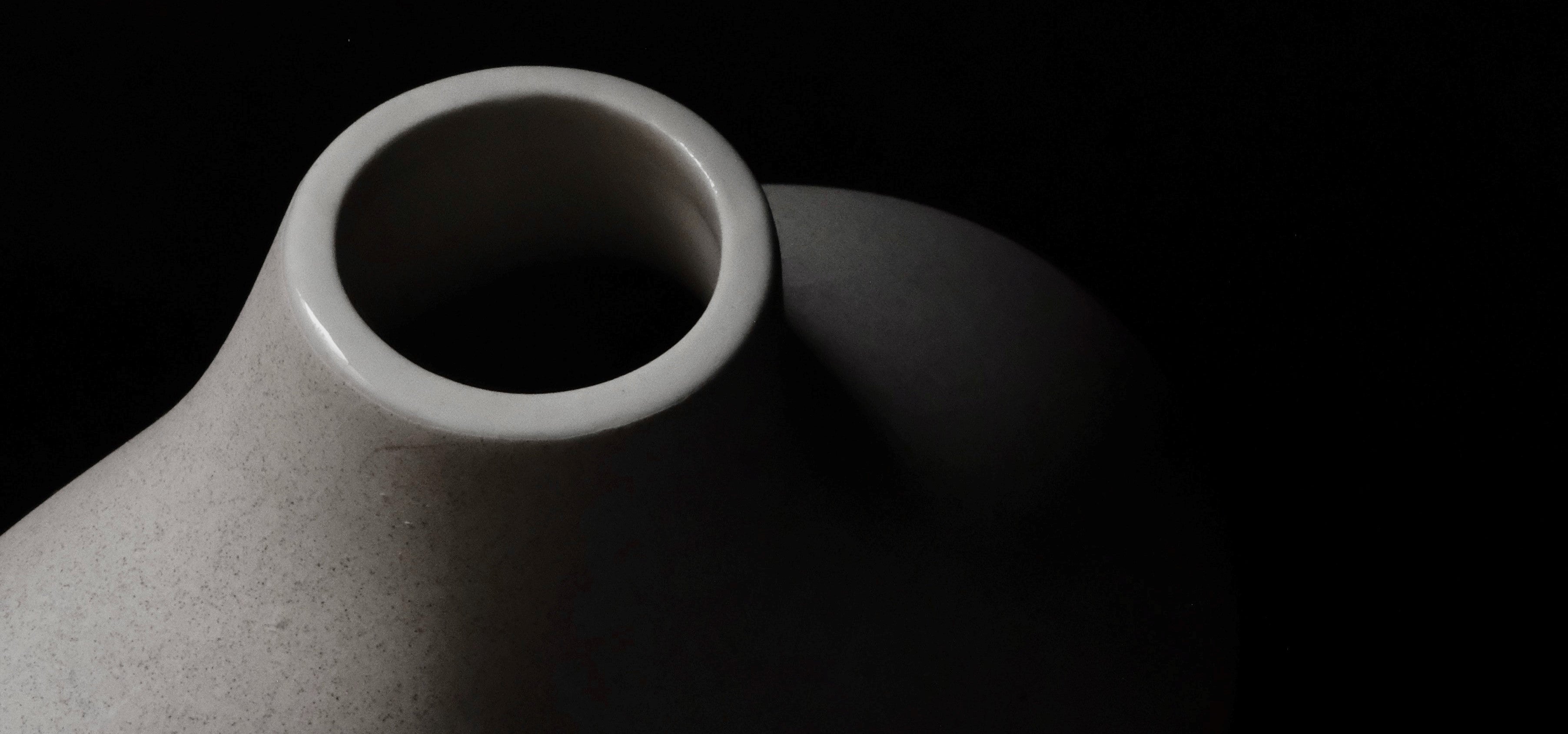
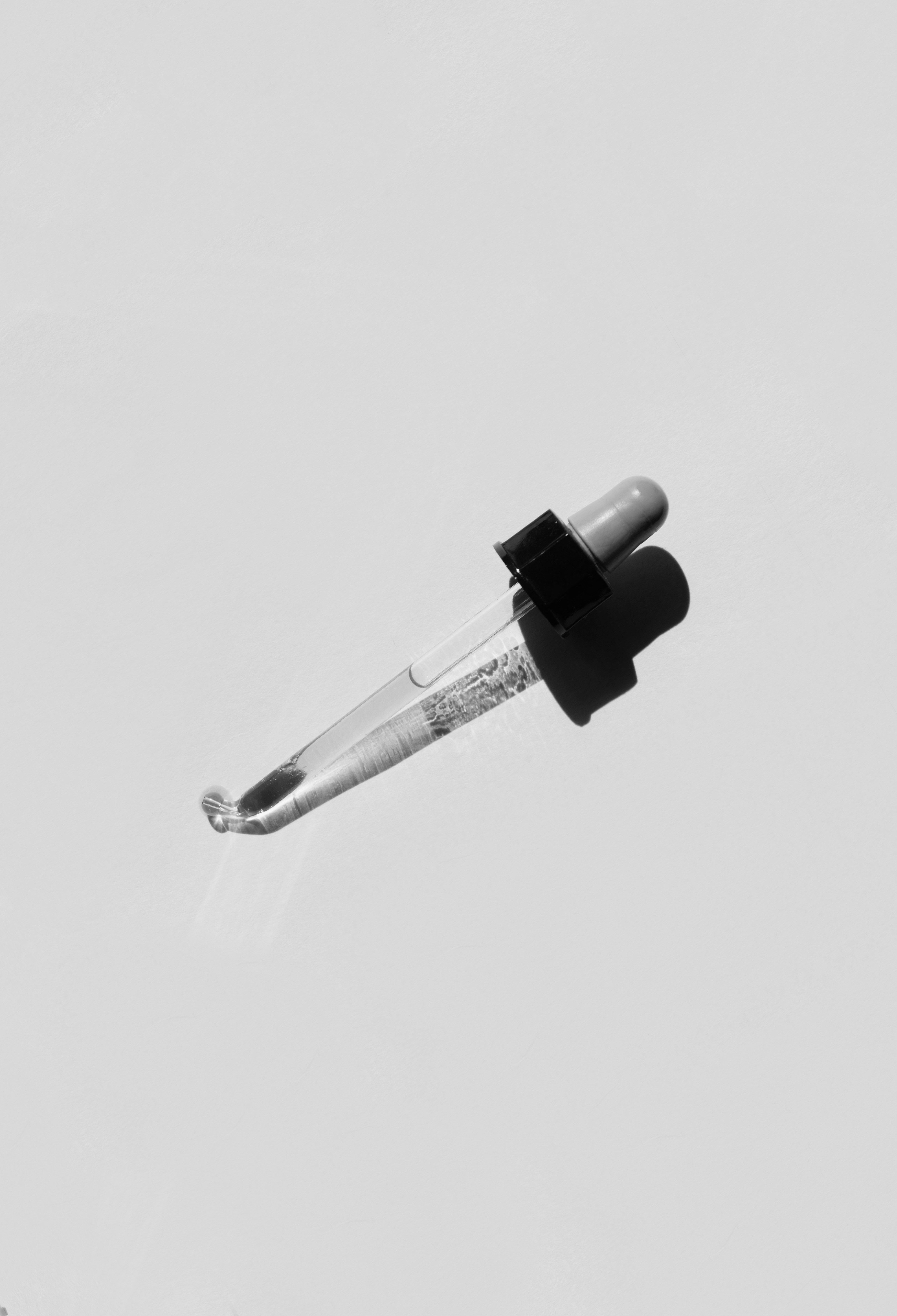
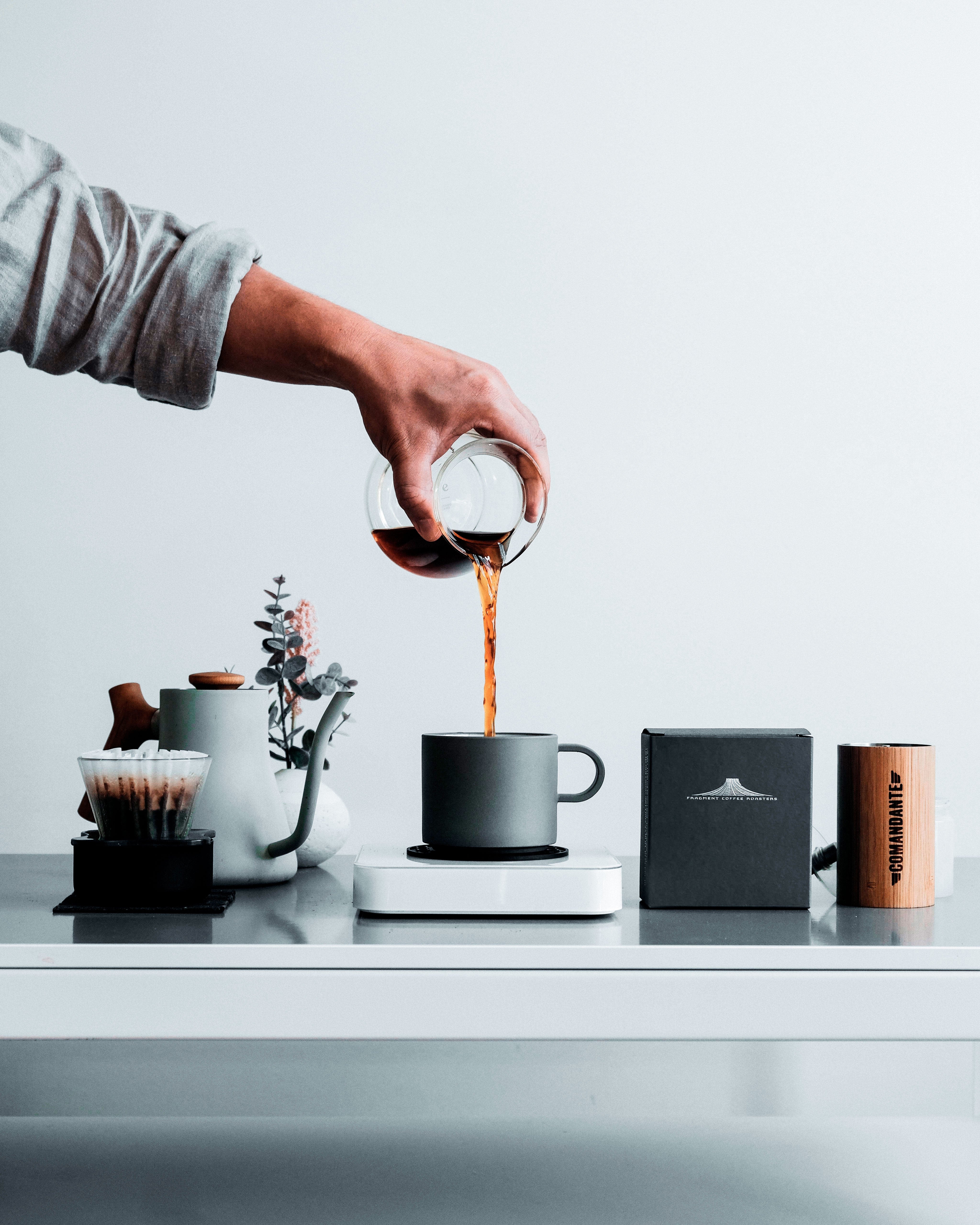
Leave a comment